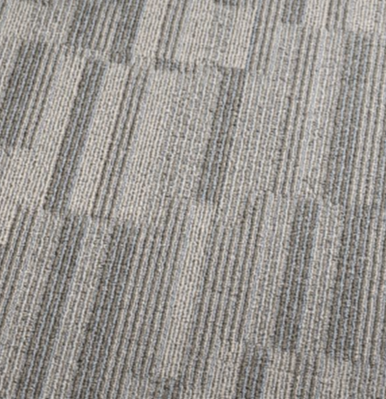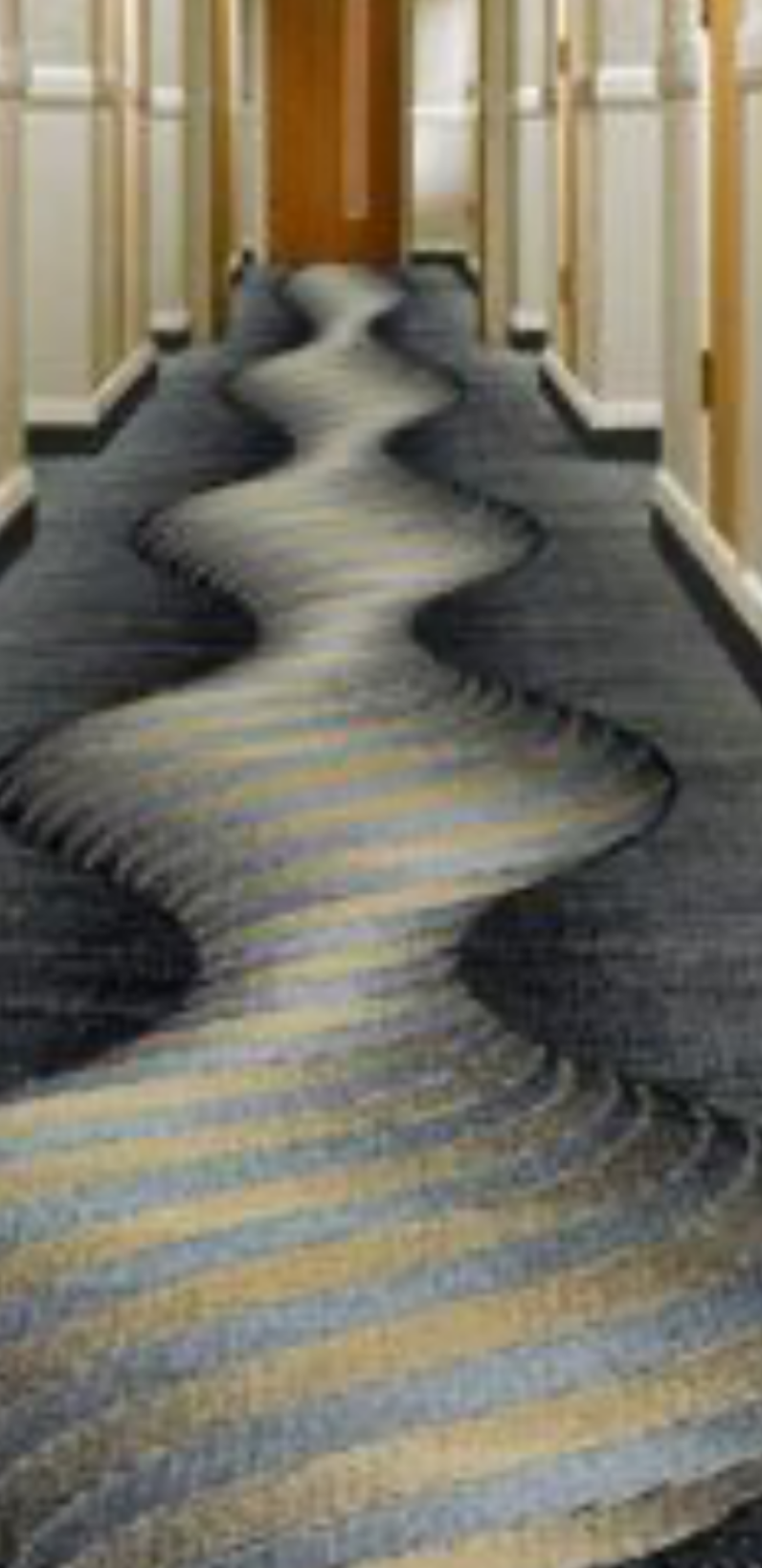
Environmental services supervisors need to carefully consider the floor covering in their centers. While there is a variety of surfaces to select from, each with its advantages and disadvantages, carpet is still one of the best and most popular options.
It's well-known that carpeting is one of the most inexpensive and economical types of flooring on the marketplace. What is less recognized are its numerous health advantages. Carpets play the role of an indoor air filter, trapping dust and other irritants along with air-borne pathogens in its fibers, preventing these components from getting released into the air and spreading out into other areas. It is estimated that one square foot of carpeting can trap as much as a pound of dirt and dust accumulation. With patients, medical residents and nurses continuously walking on your carpet, it's crucial to carry out a consistent cleaning and upkeep process that integrates regular vacuuming with regular professional deep cleanings to guarantee that carpets is able to fulfill its role to support a healthy workspace.

Below are a number of suggestions on how to choose the best carpet for your center and the most efficient ways to keep and clean it:
Carpet Choices
Selecting the right carpet material can make waiting lounges, conference room and other areas with high traffic more comfortable and even healthier. The best kind of carpet for a healthcare center is a business grade, low-nap nylon carpet. This type of material has excellent stain-resistance and resiliency and is much easier to maintain compared with other fiber types.
Additionally, it's great to know that most of dirt generated from the outdoors gets caught in the carpet within the first 30 feet of the entry way. According to a University of Arizona research study, nine various types of pathogens or bacteria can thrive on shoes alone and can be moved into a house or other indoor area.

Because of the role that carpets can play in trapping allergens and germs and preventing them from flowing in the air, positioning walk-off mats at every entry point can prevent soil and other unhealthy elements from permeating even more into the center. This technique likewise assists carpets to remain cleaner and assists with the durability of your flooring.
Best Practice
In high-traffic health centers and health care facilities, it is important to ensure carpets are cleaned using most effective and safest methods possible. Extraction cleansing-- processes that pull up and physically get rid of from the facility what comes up from the carpets, generally utilizing hose pipes and extraction tanks-- is constantly suggested as the best method to rid the fibers of dirt, irritants and excess cleaning solutions. Avoid companies that use soaps, cleaning agents or surfactants in their process due to the fact that these are not as healthy and can leave a sticky, dirt-attracting residue that often leads to carpets getting dirtier quicker.

Rather, search for services that use nontoxic cleaners, sanitizers and carpet-protecting products for optimum safety and to help carpets stay cleaner longer.
Plan to do cleaning during the slowest part of the day to lessen inconvenience and disruption to day-to-day routines and activities. Additionally, for safety purposes, be sure to let staff and patients know and exercise caution by using wet-floor signs and hose ramps or guards to help people utilizing wheel chairs and crutches to safely navigate devices laying on the ground.
Be sure to choose a method that drys within a couple of hours to prevent additional any health consequences. Procedures like conventional steam cleaning that use excessive quantities of water often take days for carpets to dry, which not just produces extra slip-fall hazards, but additionaly may get into the carpet support and develop a breeding place for mold, mildew and bacteria.
Shorter dry times don't are a definite advantage. And, dry times can be reduced by using fans.
How frequently should the carpets in healthcare facilities be cleaned?
Benjamin Franklin's well-known expression "An ounce of prevention is worth a pound of care" is especially true for carpet maintenance. Carpets can trap pounds of dust and other undesirable allergens, however they need to be frequently cleaned to avoid wear and tear and to keep them fresh so they can serve their valuable role as air filters. As a rule of thumb, if you begin to see soil gathering in the traffic lanes, you've waited too long. Using the right actions to avoid carpet damage is not only the safe thing to do, but likewise is more economical. Routine carpet cleaning is far more economical than carpet replacement.
At minimum, carpets ought to be professionally deep cleaned and sterilized every 6 months, and a lot of facilities do this quarterly if not month-to-month.
All carpet should be on a regular upkeep schedule. In addition, locations with heavier traffic, such as entranceways and corridors, ought to be cleaned up more often.
Minimizing damage and extending carpet life
The most important maintenance step for carpet durability is frequent cleaning. This includes three actions:
- Regular and extensive vacuuming. Utilize a business grade vacuum with an adjustable beater bar/brush and a microfiltration system. Good vacuums are well worth the investment. Depending on traffic levels, vacuuming ought to be done several times a week, especially in high-traffic areas. Usually, bag-style vacuums work best and the bags should be changed when they are two-thirds full.
- Professional extraction cleanings quarterly for high-traffic locations and at least every six months otherwise. Be sure to choose a business that utilizes safe, nontoxic cleaning products and offers sanitizers and carpet protection products also. Dry times should be within a couple of hours and ideally one to two hours to avoid mold and germ growth and to reduce inconveniences for patients and workers.
- Spot cleaning/surface cleaning : Spills and accidents are bound to take place. Generally, the earlier you deal with a spot or spill, the much easier it is to remove it. When accidents happen, clean them up quickly using appropriate methods. Many cleaning professionals provide routine spot-cleaning services as part of a continuous upkeep program. Spot cleaning can be a little challenging, so don't use any products that have a lot of surfactants or soaps in them which tend to leave a dirt-attracting residue. The very best preliminary treatment is merely to blot up a new spill or spot with a clean, white cloth to eliminate excess fluids. This will prevent them from penetrating much deeper into the carpet fibers.
Making sure your medical facility has safe and clean floorings is essential to providing the very best client service and producing a healthier living and working environment.
With these methods, not just will you guarantee that your facility is as clean as can be, but will also be protecting a financial investment and offering your staff and patients a much safer, healthier, and enjoyable experience.


 Add
Add 
 Add Row
Add Row






Write A Comment